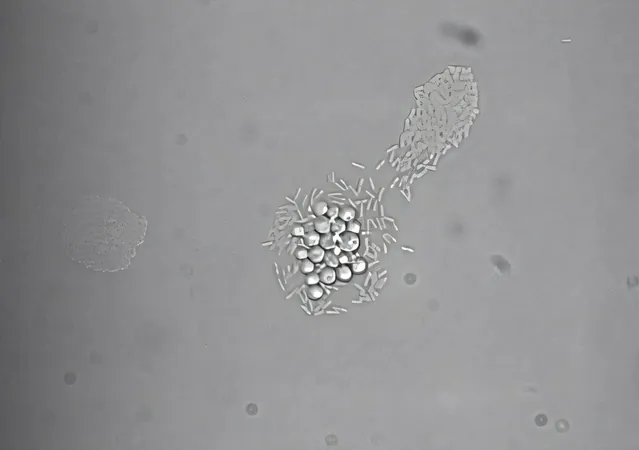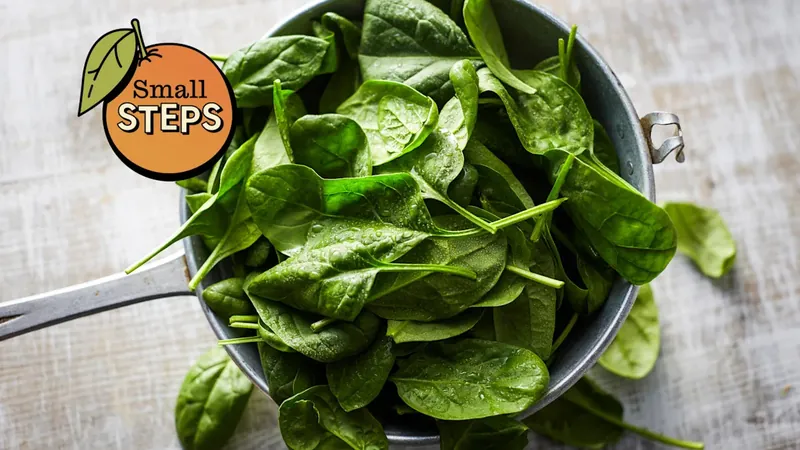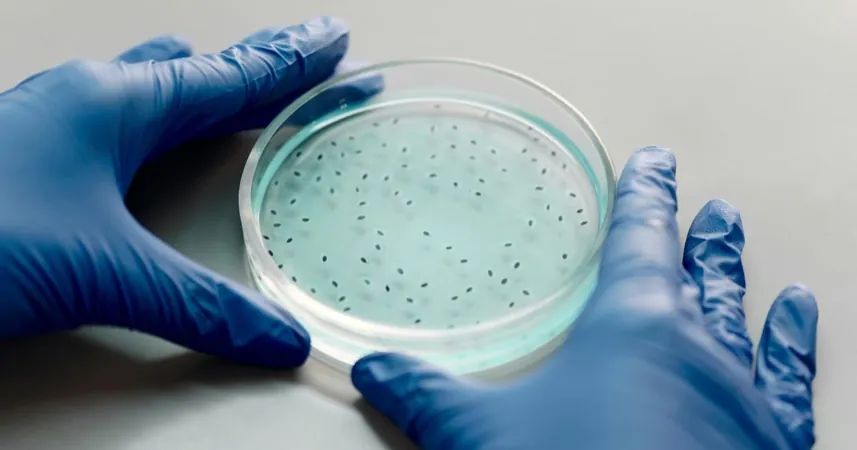
Bacteria Skate on Yeast's Fluid Trails to Swiftly Navigate Their Microbial World
2025-06-04
Author: Mei
Microbial Mayhem: A New Discovery
In the hidden universe of microorganisms, a fierce battle rages as tiny life forms jockey for dominance and exploit their surroundings for survival. A groundbreaking study published in the Biophysical Journal unveils a fascinating tactic employed by bacteria: they are harnessing fluid pockets generated by nearby yeast cells to accelerate their movement and expand their reach.
Yeast-Driven Speed Boost
Lead researcher Divakar Badal from Cornell University reveals that the physical environment significantly influences microbial growth and dispersal—an area often overshadowed by chemical interactions in previous studies. By closely examining two notorious players, the bacterium Pseudomonas aeruginosa and stationary yeast Cryptococcus neoformans, researchers discovered how bacteria effectively surf the tiny moisture trails created by the yeast.
14.5 Times Faster: The Need for Speed
Under a microscope, the astonishing synergy between these organisms was evident. Bacteria cohabitating with yeast were found to spread an astonishing 14.5 times quicker than when they were isolated, forming extensive networks that bridged the gaps between colonies. With Pseudomonas aeruginosa comparable in size to a grain of rice against the grape-sized yeast, the latter creates a fluid halo, transforming a simple obstruction into a swimming lane for the bacteria.
The Power of Fluid Dynamics
Even inert materials such as dead yeast cells or glass beads yielded similar results, underscoring that bacteria are specifically reacting to these fluid puddles. Co-senior author Varsha Singh from the University of Dundee explains, "The larger the obstruction, whether yeast or beads, the more fluid is generated around it, providing a favorable route for Pseudomonas to advance." This revelation emphasizes bacteria's ingenious adaptability in overcoming potential barriers.
Modeling Microbial Interactions
The research team created a model to simulate the interaction dynamics between Pseudomonas and yeast, revealing how faster-growing yeast strains like Candida albicans significantly alter their fluid environment and consequently affect bacterial travel speed. Co-senior author Danny Raj M from the Indian Institute of Technology Madras was astonished by how accurately their model mirrored experimental findings, stating it functions as a virtual lab for testing various environmental conditions.
Real-World Implications: A Microbial Journey
The implications of these findings stretch far beyond lab confines. In the natural world, bacteria and yeast share habitats in soil, water, plants, and within the human body. This fluid-grazing tactic may enhance bacterial colonization, particularly in moisture-scarce environments. The research team is eager to investigate these interactions in real-world settings.
Exploring New Frontiers in Microbiology
Singh emphasizes the importance of expanding our understanding of microbiology beyond human contexts, noting that much action occurs in diverse ecosystems, opening doors to a wealth of new research questions. "I think that’s where the next frontier lies," she concludes. Prepare to dive deeper into the microbial world, where the tiniest strategies yield the most impressive results!



 Brasil (PT)
Brasil (PT)
 Canada (EN)
Canada (EN)
 Chile (ES)
Chile (ES)
 Česko (CS)
Česko (CS)
 대한민국 (KO)
대한민국 (KO)
 España (ES)
España (ES)
 France (FR)
France (FR)
 Hong Kong (EN)
Hong Kong (EN)
 Italia (IT)
Italia (IT)
 日本 (JA)
日本 (JA)
 Magyarország (HU)
Magyarország (HU)
 Norge (NO)
Norge (NO)
 Polska (PL)
Polska (PL)
 Schweiz (DE)
Schweiz (DE)
 Singapore (EN)
Singapore (EN)
 Sverige (SV)
Sverige (SV)
 Suomi (FI)
Suomi (FI)
 Türkiye (TR)
Türkiye (TR)
 الإمارات العربية المتحدة (AR)
الإمارات العربية المتحدة (AR)